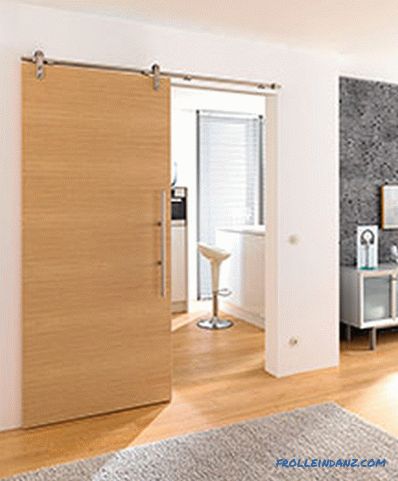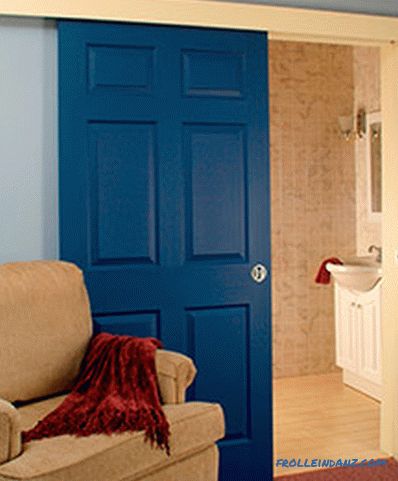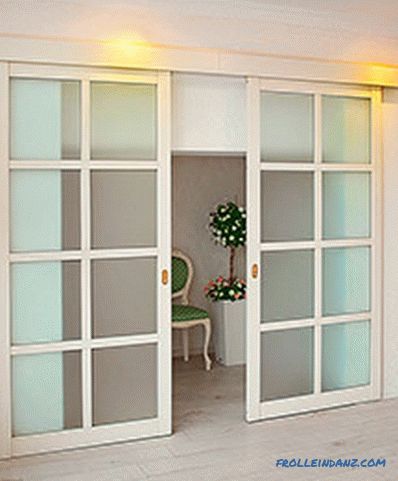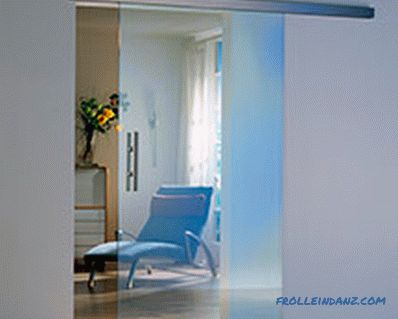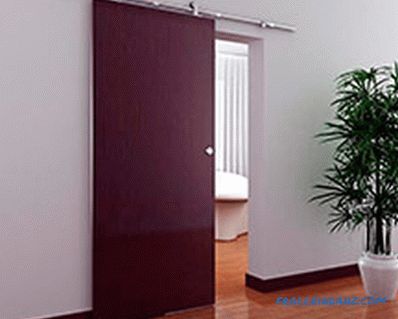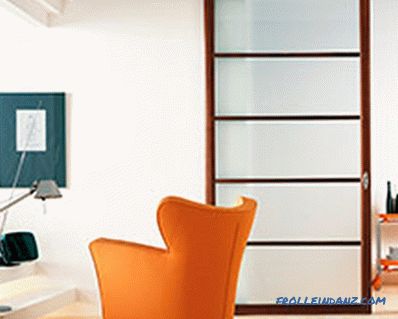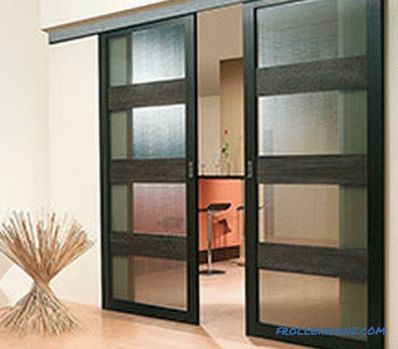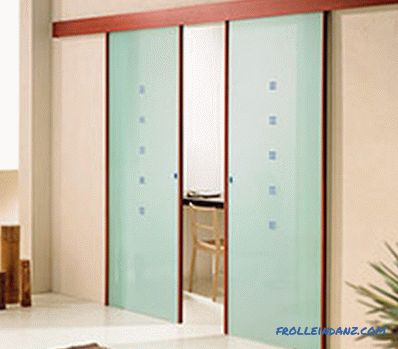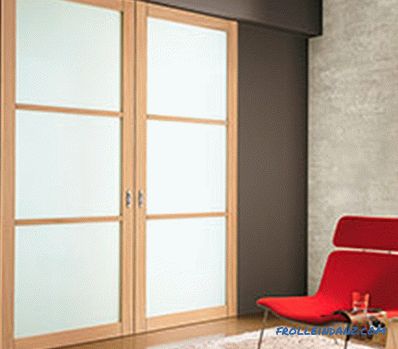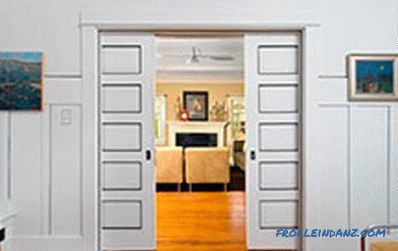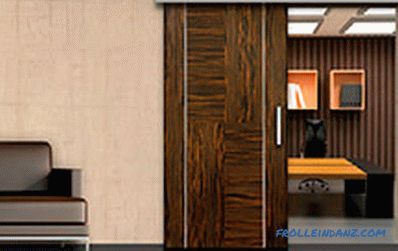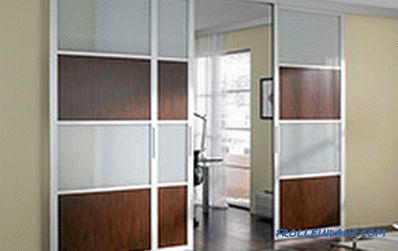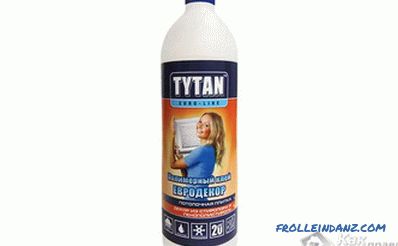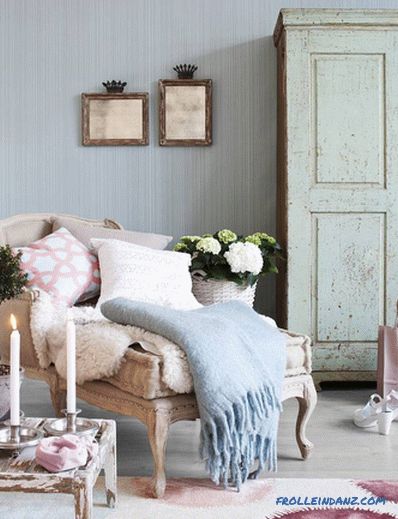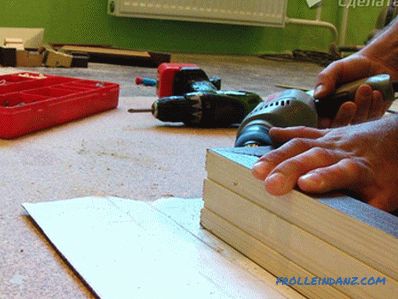Door sliding systems have long been a permanent trend in interior design. In addition to the elegant and elegant appearance, they have excellent functionality, practicality and ergonomics. Various options for sliding doors make it possible to successfully zone or unite space without affecting the floor space. This article will become a kind of guide to the world of these unique structures, and will certainly be useful to those who do not know how to choose the optimal model for their home.
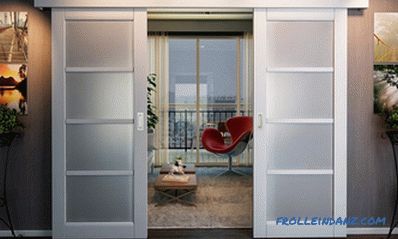
Types of sliding doors depending on the material of manufacture
The richness of design solutions for modern sliding doors can strike even the most courageous imagination. They have different shapes (rectangular, arched, radial), structures (parallel-sliding and sliding-folding) and sizes (standard and non-standard), plus, are made of completely different materials and their combinations.
Natural wood
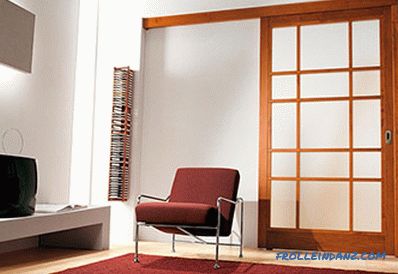
Most often used to produce doors in a luxurious classic style.
MDF
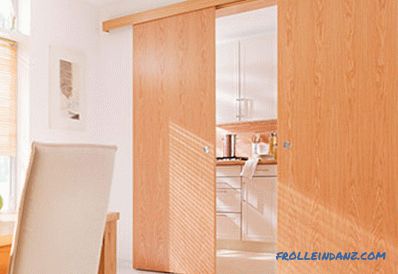
This high-tech material is easy to milling, which allows you to make door designs of any shape and in different styles.
Shock-resistant glass
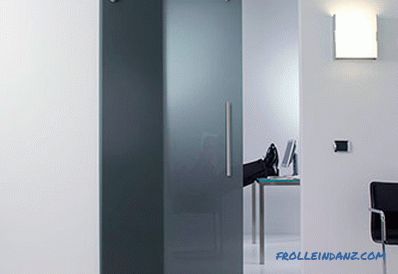
Glass doors are characterized by a variety of exterior finishes: transparent or opaque, colored monochrome or glossy or structural. Glass is used not only to create sliding systems with a flat flat surface, but also for complex radius-shaped structures.
Combination of materials
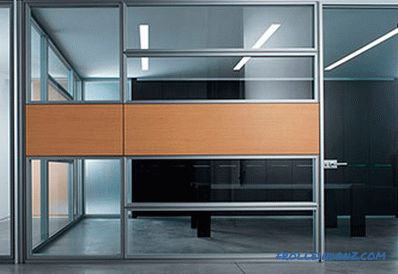
Combined types of sliding interior doors combine different materials in their design. The frame, for example, can be made of aluminum, steel, wood, MDF, plastic or fiberglass, and glass, mirrors, plexiglas, rattan, etc. are used as the aggregate.
The choice of material for a particular type of sliding doors is determined not only by their decorative qualities and style, but also by their design features.
Principles for the installation of sliding systems
Despite the huge variety of options for the execution of sliding doors, there are only two structurally functional concepts of such systems - parallel-sliding and sliding-folding. They differ not only in design and method of movement, but also with draw-out mechanisms, as well as installation technology.
1. The design of parallel-sliding doors may include one or more shutters moving parallel to a vertical surface. Such doors are characterized by good sound insulation, reliability and durability.
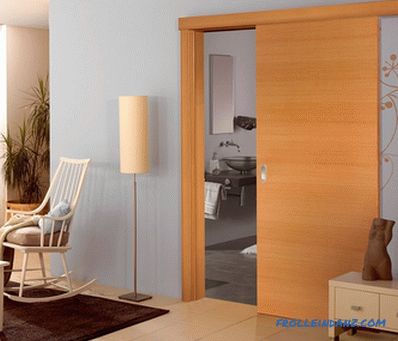
2. Sliding and folding models consist of several sections and resemble an accordion. They cannot provide proper isolation from smells and sounds, therefore they are more often used for conditional division of space into zones or as a decorative element of the interior.

Execution options for parallel-sliding doors
Door structures of this type are classified according to the method of opening and the number of leaves.
Compartment doors
There are single or double doors. Single door models move along guides parallel to the wall. Bivalve constructions function in the same way, with the only difference being that their canvases disperse in different directions from each other.

Cassette doors
They can also have one or two leaves, and work on the same principle as the compartment doors. The main feature of such models is the presence of special niches in the wall, in which the door leafs hide when opened. A niche can be made of plasterboard or other building materials, or you can purchase a ready-made version with a sliding door.

Radial doors
They are characterized by regular round shape, effective and original appearance. The movement of cloths is carried out on special guides, repeating the radius of the doors.
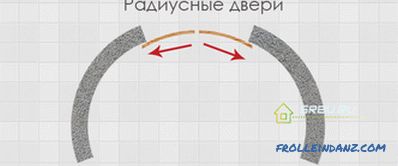
Cascade doors
They have one stationary and several moving canvases. All elements move along separate guides and can be assembled simultaneously from a certain side of the opening.

Internal doors
Double-wing sliding structure located inside the opening. The leaves move towards each other, while only half of the opening is free for the passage.

Sliding and folding door designs
Sliding and folding doors "accordion" and "book" are easy to use, compact and aesthetically pleasing. There are single-wing and double-wing models. Each canvas consists of several vertical sections connected to each other by a hinged fastener.
The main advantage of this design is compactness.She does not need a free section of the wall to open, like a compartment door. Folding in one or opposite sides, the door leaves occupy part of the doorway, reducing its width. However, due to the small thickness of the canvases, the loss of space is negligible. Such models are ideal for installation in narrow corridors and aisles, where it is not possible to use other door designs.
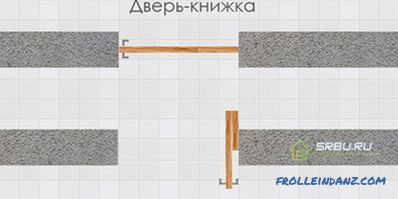
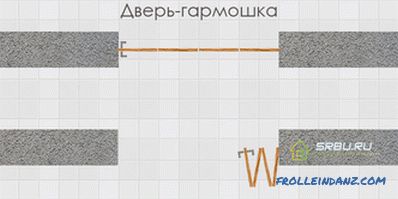
Differences in mounting mechanisms for sliding interior doors
Certain types of sliding doors imply the use of a specific variant of fittings. The method of attachment, the shape of the guides, the number of grooves and roller mechanisms all depend on the design, size and weight of the door. There are different designs of withdrawable systems for moving the door leaf.
With two guides located below and above
The door moves on roller mechanisms along rails located on the floor or in the floor and above the door. This design reliably fixes the door in a vertical position and provides good sound and heat insulation.
The negative point of this option is the need to constantly clean the floor guide rail, since it becomes clogged rather quickly.
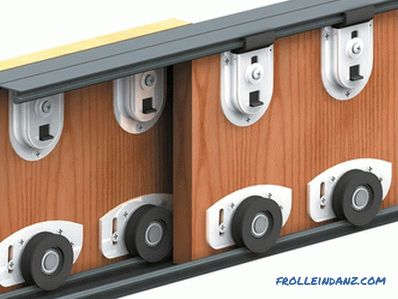
With one rail on top
This mechanism involves moving the door on rollers only along one rail located above the door. Its installation should be carried out only to durable and reliable walls. The profile of this sliding system includes an aluminum profile, a frame mounting kit, roller mechanisms and locking elements. Calculation of the number of rollers is carried out according to the following scheme: for a door weighing up to 70 kg, one set will suffice, with greater weight it is necessary accordingly to increase the number of rollers.
To prevent the doors from accidentally coming off the top rail, a stopper is used, and special flags are used to prevent the backlash of the door leaves.
The advantages of door structures with such a roll-out mechanism include:
- smooth and noiseless movement of the leaflets, provided by ball bearings and silicone roller coating;
- safety and durability of the system, due to the increased rigidity and strength of the upper guide.
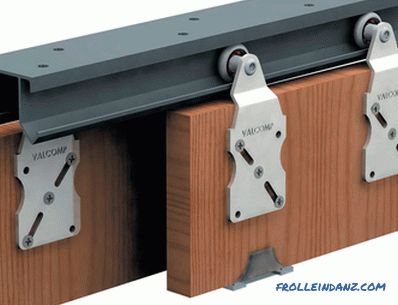
For sliding and folding doors
This option is used for the installation of folding and folding doors "accordion" and "book". Installation of the canvas is carried out on the vertical edge to the side profile attached to the wall. In the upper part of the door sections are carriages with rollers moving along a guide attached at the top of the opening.
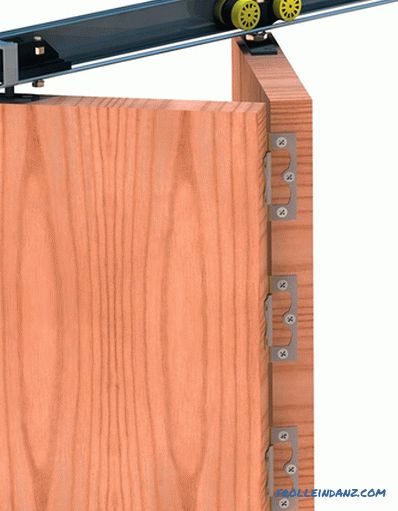
Standard and non-standard dimensions of door panels
Standard interior doors
Different countries have their own standards regarding the dimensions of door panels. In Russia, for example, the generally accepted door height is 2 meters, and the width of single-door models varies from 60 to 90 cm.
Manufacturing companies produce sliding interior doors in this dimensional range, so the choice of design for standard openings is not will work. In addition, the finished products have a lower cost compared to custom non-standard options.
Wide non-standard doors
Such models are made for individual orders. The most popular materials for door panels are glass or mirrors. The glass construction gives the room weightlessness and grace, and also contributes to an increase in the natural illumination of the space. Mirror door visually doubles the volume of the room.
When ordering sliding doors that are not standard in width, it is necessary to ensure that there is enough space for normal opening of the leaf. The width of the side wall should be at least equal to the width of the canvas.
High non-standard doors
Custom designs of non-standard heights are made on an individual basis, for example, arch-shaped doors, models with transoms, etc.
It should be noted that the cost of any non-standard door will be higher than the cost of products provided by the manufacturer's warehouse program.
Manual and automatic sliding doors
Opening and closing of interior sliding doors can be done manually and by means of a special automatic system. With manual models, everything is clear: holding the handle, a person moves the door in the right direction.
As for the automatic door structures, they are activated by a special sensor with infrared radiation that reacts to the approach of a person. Automated doors are easy to use, practical and easy to adjust, but their cost is much higher than manual options.
Automation of an already installed manual interior door is quite possible, but for this you will have to purchase an appropriate set of equipment, the price of which is within 700 dollars. The high cost of automated doors explains the unpopularity of their use at home.
The design of sliding door models
The modern design of sliding and sliding-folding doors does not even closely resemble those primitive plastic structures that first appeared on sale 25 years ago. Today, such models demonstrate the flight of design ideas: they are made in a variety of styles and from completely different materials.
Most often, lightweight materials such as aluminum, plastic, MDF, etc. are used to produce sliding door frames, but sometimes solid wood or veneered chipboard can be used. Monochrome and colored fabrics, leather, frosted or tinted glass, stained glass or mirrors, etc. can play the role of decorative inserts.
The style of the door will determine the material used to make it. For example, in the interiors, made in austere, restrained styles (techno, hi-tech, etc.), the doors of glass combined with metal or plastic will harmoniously fit in. Ecological styles involve the use of combinations of natural materials - bamboo, veneered parts, flax, leather, etc. And the door of MDF with a bright coating, complemented by glass accents, decorated with bright stained glass painting, will look perfect in rooms with a Mediterranean style of decoration. Below we have brought some of the most stylish photos of sliding interior doors, we hope that this will help you choose your door.
Photos of stylish sliding doors
